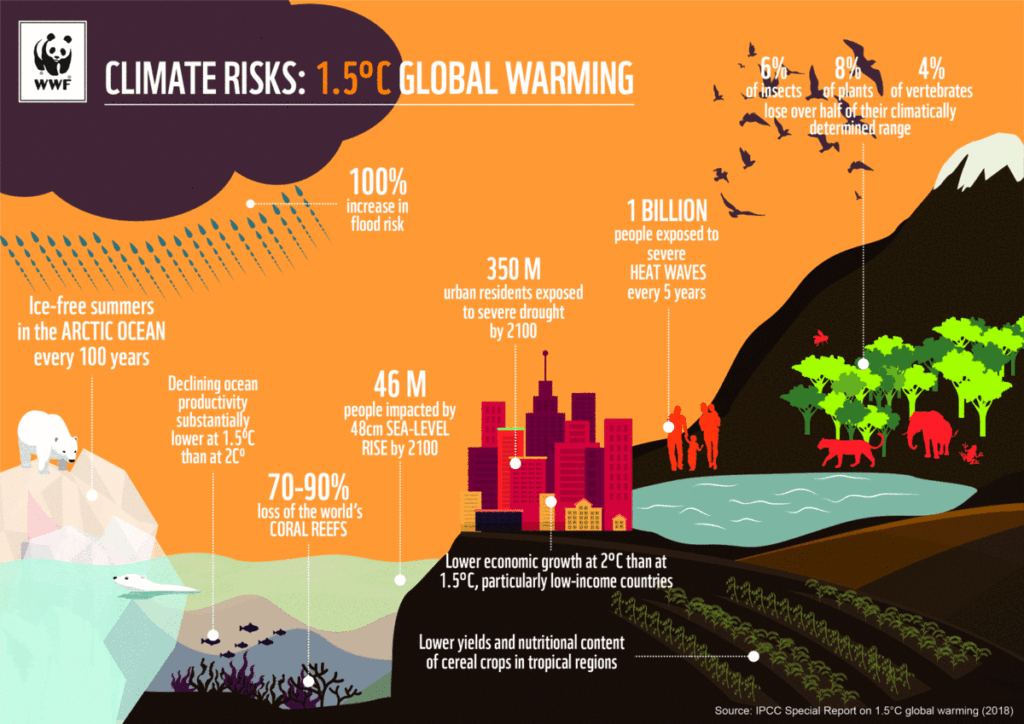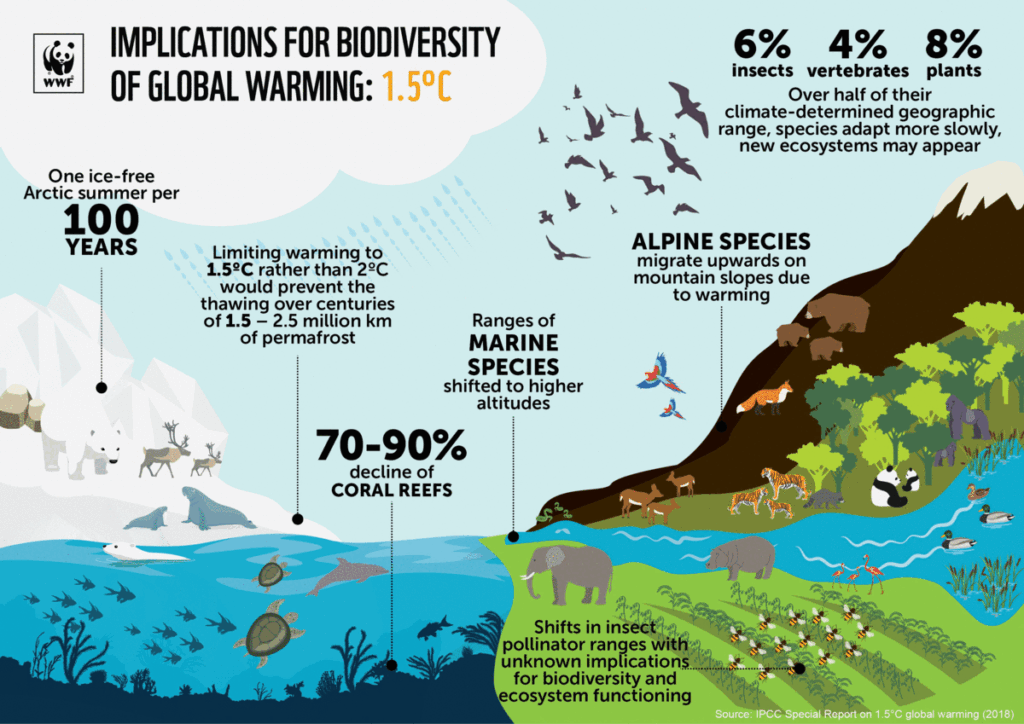The third Intergovernmental Panel on Climate Change (IPCC) report serves as a reminder of humanity’s tremendous arsenal of technology, know-how, and money, all of which are accessible and required for a “now or never” rush to a low-carbon economy and civilization.

Unfortunately, most of these amazing capabilities have been underutilized in efforts to ensure a livable climate in the future.
Decreasing sources and increasing sinks of GHGs through terrestrial ecosystem stewardship and improvements in agriculture has the potential to provide around 30% of the CO2 mitigation needed through to 2030 to keep warming to less than 2°C.

This can be achieved through “nature-based solutions” which address societal problems in ways that benefit both people and nature.
Nature-based solutions are widely defined as the conservation, restoration, or management of natural and semi-natural ecosystems; the sustainable management of working lands and aquatic systems; or the creation of novel ecosystems.
Not sure what nature-based climate change mitigation methods look like in practice? Here are a few examples:

One such initiative, which began 30 years ago in the Gola Rainforest National Park, is located there. It has enhanced biodiversity and agricultural profitability while preventing deforestation and saved an estimated 500,000 tonnes of carbon per year through sequestration.
Increased green space and tree planting in urban areas may aid with cooling and flood mitigation while also reducing air pollution, offering recreation and health benefits, and sequestering carbon.

The restoration of a mangrove forest has the potential to prevent coastal flooding. Indeed, living shorelines are critical, considering 40% of humanity reside near coastal zones and face escalating threats from the climate crisis.
Without rapid phase out of fossil fuel use, climate change threatens to turn emission sinks into sources, as vegetation becomes stressed, wildfires become more frequent, and soils and oceans warm.
Reference- BBC, IPCC Report, Nature, Discovery Magazine, National Geographic, WWF Report






